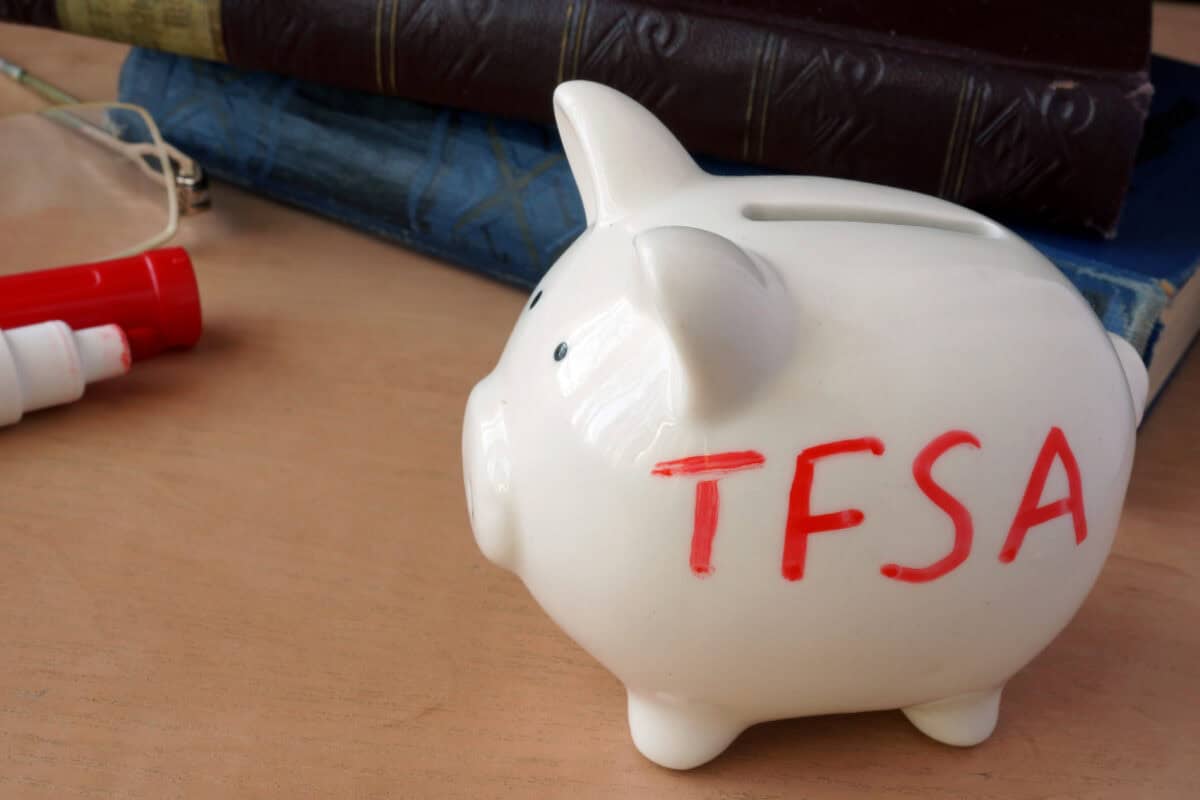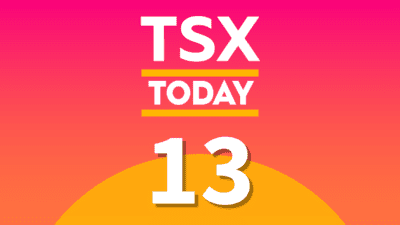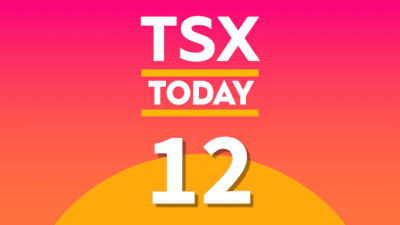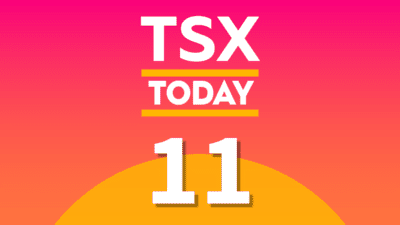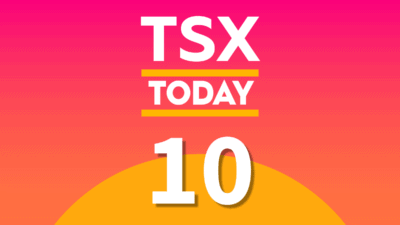What’s the average TFSA (Tax-Free Savings Account) balance in 2024? It’s an interesting question, given that the TFSA was introduced in 2009 and has gained popularity among residents in the last 15 years. It also helps you compare your TFSA savings with fellow Canadian investors.
The TFSA surpassed RRSP (Registered Retirement Savings Plan) contributions 10 years back in terms of annual contributions. In this article, I look at the possible TFSA balance estimates in 2024 and how you can deploy the capital to generate inflation-beating returns over time.
The average TFSA balance is around $41,510
According to a Bank of Montreal report, the average TFSA balance was $41,510 at the end of 2023, an increase of 9% year over year. Assuming a 4% rise in TFSA balances this year, the average would have risen to $43,170, much lower than the maximum cumulative TFSA contribution limit of $95,000.
In recent years, macro headwinds such as inflation and interest rate hikes have made it difficult for Canadians to consistently contribute to this registered account. However, rising TFSA balances show that Canadians desire to save and invest their capital to grow wealth over time.
Investing in your TFSA
Canadians should note that the TFSA is much more than a savings vehicle as it can hold various qualified investments ranging from stocks, bonds, and exchange-traded funds. So, let’s see how you can diversify your investments while generating inflation-beating returns.
Invest in GICs
Fixed-income financial products such as Guaranteed Investment Certificates (GICs) are low-risk instruments that offer portfolio stability. Depending on your age and risk appetite, you can invest between 20% and 40% of your TFSA balance in GICs.
Today, several GICs offer an interest rate of 5% higher than current inflation. A $10,000 investment in a GIC with a 5% interest rate can help you earn $500 in annual interest income.
Invest in low-cost index funds
Most of your capital should be geared towards low-cost index funds that track indices like the S&P 500. In the last six decades, the popular index has returned 10% annually on average to investors after adjusting for dividends. It provides you with exposure to big tech giants such as Apple, Nvidia, and Microsoft, as well as blue-chip companies such as Eli Lilly, Visa, and Berkshire Hathaway.
In addition to capital gains, the S&P 500 index pays shareholders a dividend yield of 1.3%. So, a $25,000 investment in the index fund would help you earn $325 in annual dividends.
Invest in growth stocks
Finally, you can allocate 10-20% toward growth stocks that can beat the market long term. One high-growth stock you can consider buying is MercadoLibre (NASDAQ:MELI), a company gaining traction in multiple Latin American markets.
In the first half of 2024, MercadoLibre reported $9.4 billion in revenue, an increase of 39% year over year.
Priced at 53.5 times forward earnings, MELI stock trades at a premium but is forecast to grow adjusted earnings by 42% annually in the next five years. You should further identify other quality growth stocks and diversify your equity portfolio.
